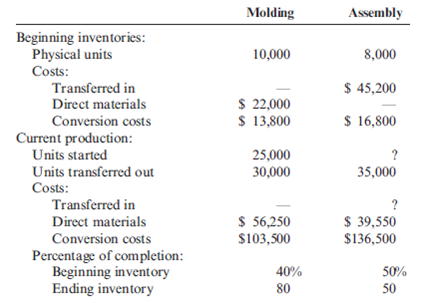

We know that moving average pricing is constantly updating with our inventory as new items are added and removed, giving us a constantly changing figure to work with. You may be wondering what the difference is between the two. Moving average price is one of two popular methods of pricing control. In this instance, the moving average price method allows you to continually have one price for your entire inventory that takes into consideration the different amounts you paid for each shipment.Īrmed with this knowledge, you’re then able to adjust your own sales prices accordingly based on the value of the stock you have in inventory.īeyond that, it allows you to better track your company’s financial situation by making it easier to calculate your cost of goods sold, net sales, and assets. If you have 200 gallons of yesterday’s gas on hand, but get another 200 gallon delivery today, there’s no practical way to track which of those 400 gallons came in the first shipment and which came in the second. Each day, you receive a new shipment of gas, but as we all know, gas prices can fluctuate wildly from one day to the next. However, if you run a business where the value of materials or products can fluctuate on a daily basis, moving average inventory provides a much easier way to keep track of what producing your product is costing you.Ī commonly cited example of how moving average price works involves companies in the gas and oil industries.Īssume you run one of these businesses. In some instances, where prices for materials are stable and rarely deviate, tracking the cost of producing products is simple. This means they hope to continually sell old stock and replace it with new stock. Most companies are in the business of selling products. It will potentially change with each invoice, receipt, or goods settlement. That is our moving average price or moving average cost per unit in this scenario.Īs the name implies, the average moving price is a constantly recurring calculation. $1,500/200 total items in inventory equals $750. You already have 100 items in inventory at a total cost of $1,000. You purchase 100 new items at a total cost of $500. Moving Average Price = Products On Hand Value + New Products Value / Total Number of Products Then divide this by the total number of products. Simply add the price of new product to the price of existing product you already have in your inventory. To calculate this, we use the moving average price formula. This, along with standard price, are two of the most popular methods for inventory costing. Moving average price is an inventory costing method wherein “the average price of the product is calculated after every goods acquisition.” Today, we’ll talk about one method used for better pricing control: the moving average price.īefore getting into the details, we should first discuss the moving average price definition. Therefore, you’ll need to understand the different options available to you in order to select an approach that’s right for your business. Unfortunately, there’s no one size fits all solution when it comes to managing your inventory. Where inventory management starts to become more complex is in the wide range of methodologies you can use to track your stock. Inventory management not only helps you keep the right amount of products on hand to keep customers happy, but will also assist with price control as well. If you have a business that sells products, you’re already aware of the value of inventory management.
#WEIGHTED AVERAGE METHOD MAP SOFTWARE#
Amazon FBA Inventory Management – Fulfillment by Amazon (FBA) software features, Better Seller Performance Ratings, FBA Shipping and FBA reporting features.Training & Support – SkuVault training, On-boarding packages, Customer Service and Support information.Datacoach – Deep Insights into your warehouse and inventory, early indicators for warehouse problems, metrics to benchmark performance and labor optimization.Inventory Management Reporting – Advanced analytics, Replenishment Report, Just in Time (JIT), Drop Shippings, Re-Ordering, Out of Stock, and Purchase Order Reporting Features.Pick, Pack, Ship – Inventory picking, Hyper Picking, Interactive wave picking, Quality Control, Holds, Daily Deals and Flash Sales, Print-to-order, and shipping features.eCommerce Inventory Management – Barcoding, Cycle Counting, Real-time data syncs, and Quantity buffers features.Catalog Features – Detailed product listings, Kitting and Bundling, Assembled Products, Lots, FEFO, FIFO, and Serialization features.Supply Chain – Manage suppliers, Inventory Forecasting, Advanced Purchase Order Features, and PO Receiving features.


 0 kommentar(er)
0 kommentar(er)
